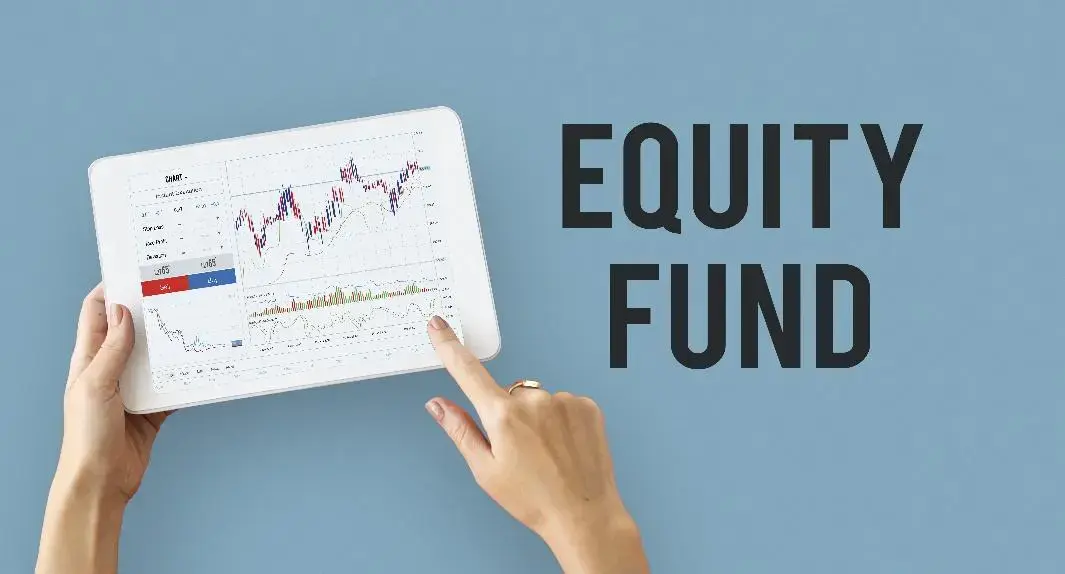Related Articles

What are Liquid Funds? Should You Invest In Them?
A Simple Guide to what is a liquid mutual fund, its features and benefits
Read More
What are Equity Mutual Funds – Types, Taxation and Risks?
Are you planning to invest your savings or hard-earned money to generate better returns and save ample for future and unforeseen circumstances
Read More
What are Flexicap Funds Definition, Features and Investment Benefits?
Not all investors want to make their long term investments by choosing a type of mutual fund that primarily focuses on stocks belonging to a single market capitalisation
Read More



